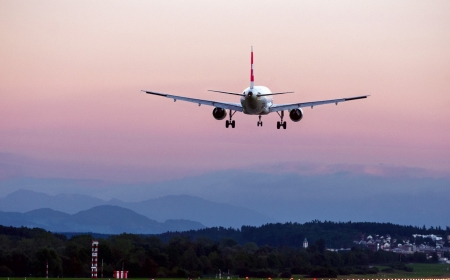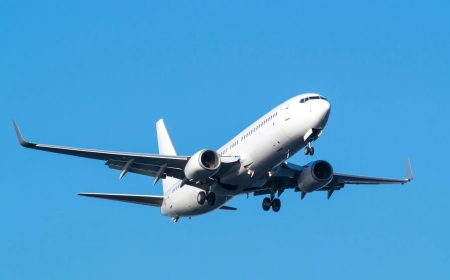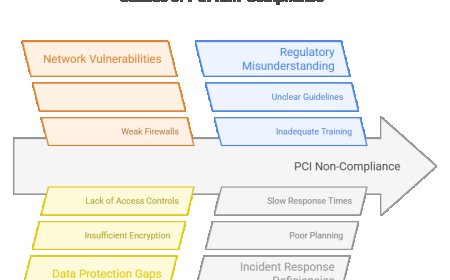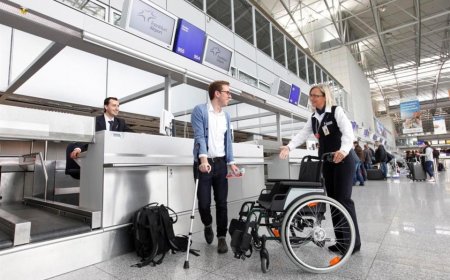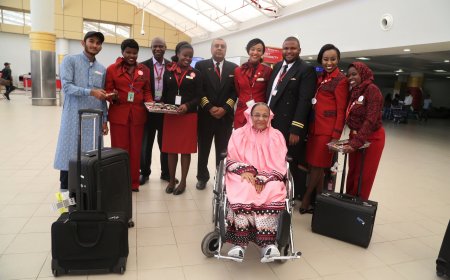How To Manage Altitude Sickness On the Annapurna Base Camp Trek
Learn how to manage altitude sickness on the Annapurna Base Camp trek with expert tips on acclimatization, hydration, nutrition, medications, and when to descend. Stay safe and enjoy your Himalayan adventure!
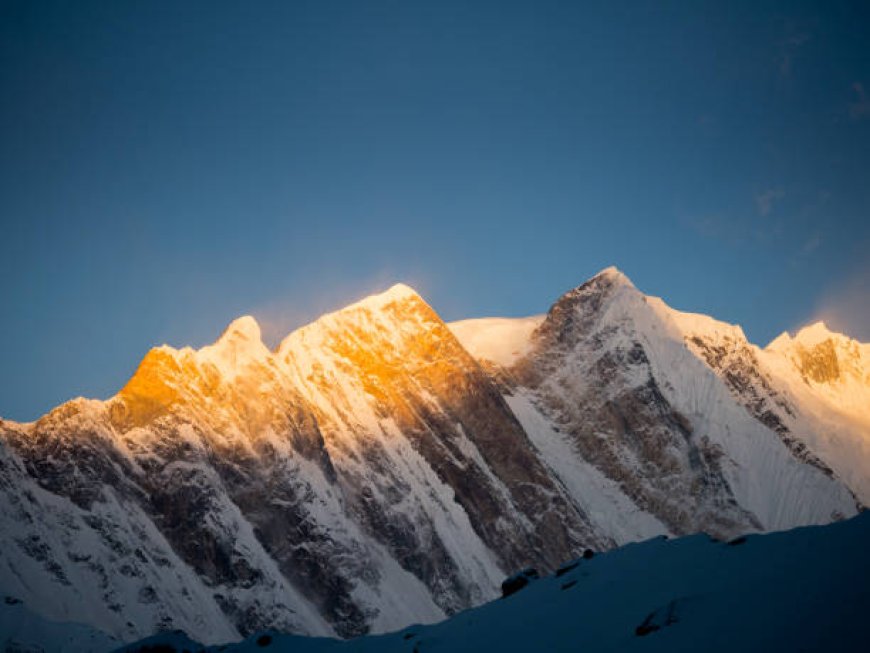
How To Manage Altitude Sickness On the Annapurna Base Camp Trek
Altitude sickness, or Acute Mountain Sickness (AMS), is something many trekkers deal with on the Annapurna Base Camp trek. As you climb higher, the air gets thinner and theres less oxygen, which can lead to headaches, nausea, dizziness, tiredness, and trouble sleeping. It's important to manage altitude sickness so you can have a safe and fun trek.
First off, acclimatization is key. This means going up slowly and giving your body time to get used to the lower oxygen levels. On the Annapurna trek, taking breaks at places like Manang or Yak Kharka can help your body adjust and lower the chances of feeling sick. Dont rush the trek; pay attention to how youre feeling.
Staying hydrated is super important, too. Drink lots of water to stay hydrated, as dehydration can make altitude sickness worse. Its best to avoid alcohol and caffeine since they can dehydrate you. Eating a good mix of carbohydrates will give you the energy to handle the altitude.
If you start feeling bad, its crucial to stop going higher and think about going down to a lower altitude. Having medication like acetazolamide (Diamox) can help with symptoms, but you should talk to a doctor before taking it. Over-the-counter pain relievers can help with headaches, but wont fix the main issue.
Lastly, be on the lookout for signs of serious altitude illnesses like High Altitude Pulmonary Edema (HAPE) and High Altitude Cerebral Edema (HACE), which need immediate medical help.
To sum it up, managing altitude sickness on the Annapurna trek comes down to going up slowly, drinking water, eating well, and knowing when to stop or head down. Keeping these tips in mind will help you enjoy the amazing views of the Himalayas safely.
Understanding Altitude Sickness (AMS)
Altitude sickness, or Acute Mountain Sickness (AMS), happens when your body has trouble adjusting to less oxygen at high altitudes. It's common among trekkers above 2,500 meters and can cause headaches, nausea, dizziness, and fatigue. The air is thinner up there, meaning your body has to work harder to get the oxygen it needs. If you ignore AMS, it can lead to serious issues like High Altitude Pulmonary Edema (HAPE) or High Altitude Cerebral Edema (HACE), which can be life-threatening. It's important to recognize AMS early so you can take action. Knowing how your body reacts to altitude changes and taking breaks can help you stay safe during your trek to Annapurna Base Camp.
Recognizing Early Symptoms
Spotting the early signs of altitude sickness is crucial for a safe trek. Common symptoms include headaches, nausea, dizziness, shortness of breath, feeling tired, and trouble sleeping. You might also lose your appetite or notice swelling in your hands or face. These symptoms usually show up within 6 to 24 hours after reaching higher ground. If you ignore them, things could get worse and lead to conditions like HAPE or HACE. If your symptoms get stronger, it's important to stop going up and take a break. Recognizing these signs early allows you to stay hydrated, rest, or take medication, which keeps things from getting serious. Paying attention to how you feel helps ensure you have a safe and fun trek at Annapurna Base Camp.
Importance of Gradual Acclimatization
Taking your time to acclimatize is the best way to prevent altitude sickness on the Annapurna Base Camp trek. This means you should ascend slowly and take rest days at certain altitudes. Spending extra days in places like Manang or Yak Kharka can help your body adjust and produce more red blood cells for better oxygen flow. Rushing the trek can increase your chances of AMS and other altitude-related issues. A steadier climb with regular breaks helps you feel better and less likely to experience symptoms. By focusing on gradual acclimatization instead of speed, you improve your safety and enjoy the beautiful Himalayan views.
Hydration and Nutrition Tips
Staying hydrated and eating well is key to managing altitude sickness. At high altitudes, your body loses water quickly because of dry air and heavier breathing. Aim to drink about 3 to 4 liters of water a day to avoid dehydration, which can make AMS symptoms worse. It's best to skip caffeinated and sugary drinks since they can dehydrate you. Eating nutritious meals that are high in carbohydrates provides the energy you need to handle the trek and the altitude. Foods like pasta, rice, nuts, and fruits work great on the trail. Keeping up with hydration and good nutrition supports your body as it gets used to the altitude and keeps your energy levels up during your Annapurna Base Camp trek.
Medications and Remedies
Some medications can help you deal with altitude sickness, but you need to use them carefully. Acetazolamide (Diamox) is often prescribed to help your body adjust faster to the altitude and ease symptoms like headaches and nausea. It's important to talk to a doctor before using it. Over-the-counter pain relievers can help with headaches, but won't treat AMS itself. Natural remedies, like ginger tea, may ease nausea. Always have a basic medical kit on hand with medications for common issues. Remember, while meds can help, they're not a substitute for proper acclimatization and hydration on the Annapurna Base Camp trek.
Avoiding Alcohol and Smoking
It's best to steer clear of alcohol and smoking while on the Annapurna Base Camp trek. Alcohol can lead to dehydration and mess with your ability to acclimate. It can also affect your judgment and sleep, making you more prone to AMS symptoms. Smoking reduces oxygen flow in your blood, which is already limited at high altitudes, making it harder for your body to adjust. Both habits can worsen symptoms like headaches, dizziness, and fatigue, increasing risks on the trail. By avoiding alcohol and smoking, you'll keep your hydration in check, improve your oxygen intake, and help your body adapt better to the altitude for a safer and more enjoyable trek.
Using Supplemental Oxygen When Needed
Supplemental oxygen can be really helpful when trekking at high altitudes like Annapurna Base Camp. It boosts oxygen levels in your blood, easing symptoms of altitude sickness such as breathlessness, headaches, and dizziness. Portable oxygen tanks or concentrators are sometimes available with guides or at base camps for emergencies. While oxygen isn't a replacement for acclimatization, it can provide crucial support if symptoms worsen or if you need to move up quickly due to unexpected situations. Trekkers with existing health issues or those prone to AMS might want to consider carrying oxygen. Knowing when and how to use it is key for staying safe on this challenging trek.
When to Stop or Descend
It's really important to know when to stop going up or to come back down on the Annapurna Base Camp trek. If you're having worse symptoms like a severe headache, constant vomiting, confusion, or trouble breathing, you should stop climbing right away. Pushing on despite serious symptoms could lead to life-threatening issues like HAPE or HACE. Coming down just a few hundred meters can often make a big difference. Never overlook your bodys warning signs, and remember that safety comes first, even if it means not finishing the trek quickly. Making a timely decision to rest or descend can save your life and let you recover before continuing your adventure.
Emergency Procedures and Evacuation Plans
Being prepared for emergencies is really important when trekking at high altitudes like Annapurna Base Camp. Familiarize yourself with the signs of serious altitude sickness and have a clear evacuation plan ready. Many trekking companies offer emergency rescue options, like helicopter evacuations, which can be lifesaving during a crisis. Keep communication tools, like a satellite phone or a local SIM card, handy to reach emergency services. Know where medical facilities are along your route. It's a good idea to get travel insurance that covers high-altitude evacuation. Being prepared for emergencies means you can get help quickly if altitude sickness becomes serious.
Preventive Measures for Future Treks
What you learn from the Annapurna Base Camp trek can help you stay safe on future high-altitude adventures. This includes starting your fitness training early, getting to know proper acclimatization techniques, and spotting early signs of altitude sickness. Carrying the right gear, staying hydrated, and avoiding alcohol or smoking are helpful tips for any trek. Gaining experience with smaller treks can build confidence and knowledge. Researching weather and trail conditions can help you be better prepared. Having a flexible itinerary that allows for rest days and keeping emergency contacts close by are also smart practices. Using these preventive measures makes for safer, healthier, and more enjoyable trekking experiences in the Himalayas or anywhere at high altitude.
How to prevent altitude sickness while trekking?
To avoid altitude sickness, take your time to adjust. Go up slowly so your body can get used to the lower oxygen. Its a good idea to take breaks at lower altitudes for a few rest days. Drink plenty of water, eat a good amount of carbs, and steer clear of alcohol and smoking. Being fit helps too, so some training before your trip can be a plus. If needed, a doctor might suggest medication like acetazolamide (Diamox) for extra support. Just listen to your body and dont push yourself too hard, especially in places like Annapurna Base Camp.
What is the fastest way to adjust to altitude sickness?
The quickest way to deal with altitude sickness is to stop climbing and take a break so your body can adjust. Taking acetazolamide, if your doctor says its okay, can help you adapt sooner. Stay hydrated and stick to light meals that are high in carbs. If things dont get better or get worse, the best move is to head back down to a lower altitude. Supplemental oxygen can offer temporary relief, but it won't replace the need to acclimatize properly.
How to handle high altitude sickness?
If you start feeling sick at high altitude, it's important to act right away. Stop going up and take a break. For mild symptoms, resting, drinking water, and using medications like acetazolamide might do the trick. But if you experience serious symptoms like confusion, trouble breathing, or a bad headache, you should descend right away and get medical help with the help of an Annapurna Base Camp Trek Guide. In severe cases, supplemental oxygen or even an emergency evacuation may be needed. Don't go higher until you're completely better to avoid serious risks.
Can you get altitude sickness at base camp?
Yes, altitude sickness can happen even at base camp, like Annapurna Base Camp, which is about 4,130 meters (13,550 feet) high. At this altitude, theres less oxygen, so symptoms like headaches, nausea, and dizziness can kick in. Taking time to acclimatize and having rest days before and at base camp can help lower those risks. Keep an eye on how you feel and avoid moving higher without getting used to the altitude first.





